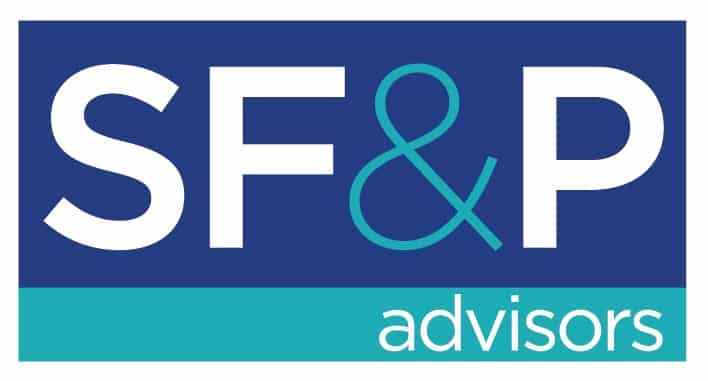You’d have to search far and wide to find a digital marketer who doesn’t agree that high-quality, relevant content on your website will help your business grow (and if you know of one, please point them out to be because I have a bone to pick with them).
Whether it’s through increasing conversions, brand awareness or your SEO presence, content is king. However, you can’t just start typing random, incoherent thoughts and posting them onto your website and expect big things in return (save that for the personal blogs).
No, there is a formula when it comes to content writing and producing that can help make your content not only persuade, but also stick in the minds of readers even after the close your tab. A business with strong content creation and curation will propel themselves far and above their competitors in terms of establishing themselves as the go-to source for all their specific needs within that particular industry.
If your content is bleh and could use a little pizzazz, then check out these three proven frameworks to help make your content kick-ass!
Donald Miller’s ‘Story Brand’
I love Star Wars. From the epic dogfights in space to the hokey prequels, it’s what world-building and expansive sci-fi stories should be (Aside from the Last Jedi that is… but that’s another story for another time). You can also learn a lot about content through Star Wars as well.
Before you even write a blog post, film a video, or design an infographic, during the ideation portion of content strategy, you should always define how the content you are creating positions your customers as the hero.
In other words, your business should take on the role of Obi-Wan Kenobi, while your customer is Luke Skywalker (I’m talking the original trilogy Luke, not that green-milk guzzling washed-up has-been of the Last Jedi).

Donald Miller outlines this idea in his ‘Story Brand’ framework. The goal of this formula is to tell a story about the pain points your customers have, and then to illustrate how your company can solve these problems. So, your customer, Luke, is the hero of the story, but they need a little guidance from you, the wise old sage Obi-Wan, in order to “fulfill their destiny.”
Fill out the following
- A character (what do they want?):
- With a Problem (external, internal, philosophical):
- Meets a guide who understands their fear (empathy, authority):
- And gives them a plan (summary of plan):
- That calls them to action (what’s the call to action?):
- Success (results – what happens when they execute the plan?):
- Failure (tragic results – what will happen if they fail to execute the plan?):
By the end, you’ll have the outline for a concrete piece of content that will compel your reader to not only act, but to choose your product or service.
Brian Dean’s ‘Open Loops’
The overall goal with this formula: to keep your readers reading. I like to refer to this as the Skip Bayless formula. For those who don’t know, Skip Bayless is a Fox Sports personality and the king of hot takes. If we think of ever take or thought that Bayless has as a piece of content, then he follows this formula to a ‘t’.
Early on during a debate with a colleague, Bayless will make an extremely bold claim. Boom. Right then and there he has the viewers’ attention and viewers will follow along intently to figure out his supporting arguments for why he believes that “Tim Tebow is a better quarterback than Aaron Rodgers” (yeah, he said that).
You content can follow the same formula. Start with a spicy take immediately that will encourage your reader to keep reading. Obviously, your takes shouldn’t go against the core beliefs of your business and I don’t recommend saying something ridiculous for sake of shares.
Another way to do this is to start with a question that won’t be answered until the end. For example, “Blue homes are declining in terms of popularity. In fact, they were once the most popular house color in the U.S. 10 years ago. So, what is the most popular color homeowners are going with? Before we get to that, let’s talk about why blue is dropping in popularity…”
Godfather of Persuasion
“I’m going to make him an offer he can’t refuse,” declares Marlon Brando’s Don Vito Corleone in the Godfather. You should have that same mentality with your content.

The goal of every piece of content you publish should be to convince the reader that your service or product is the best, and most importantly, to act on that inclination.
In other words, how can excite and surprise, incite curiosity, get them to draw false conclusions and then deliver a delightful ending? Your content should almost be written like a short mystery.
The mystery formula should go as follows, with examples:
Introduce the Mystery: “Snow in the midwest have been known to cause serious damage to homeowner’s roofs. The average winter repair roof service can be anywhere from $2,000 to $12,000. Oofda. But, what if there was a way to make sure that your roof doesn’t sustain any damage during the winter?”
Investigate clues or suspects that lead to false conclusions: “You could always just move to a warmer state. But you love the midwest, so you’d rather find a way to make it work. What if you made your kids get up on the roof and shovel all the snow off your roof? No, that might be dangerous. You could invest in a really big hair dryer and melt all the snow too? No, that isn’t practical.”
Hint at the right solution: “What if you could hire someone to take care of your roof for a good price, and that will save you money in the long run by avoiding expensive repairs?”
The solution: “At Evergreen Roofing Co, we offer winter roof cleanup in an effort to help save you money, as well as to keep everyone in your home safe from collapsing roofs.”
These frameworks are sure to help you expand and improve your content strategy. Now, go forth my young padawan, and put these frameworks to the test.















